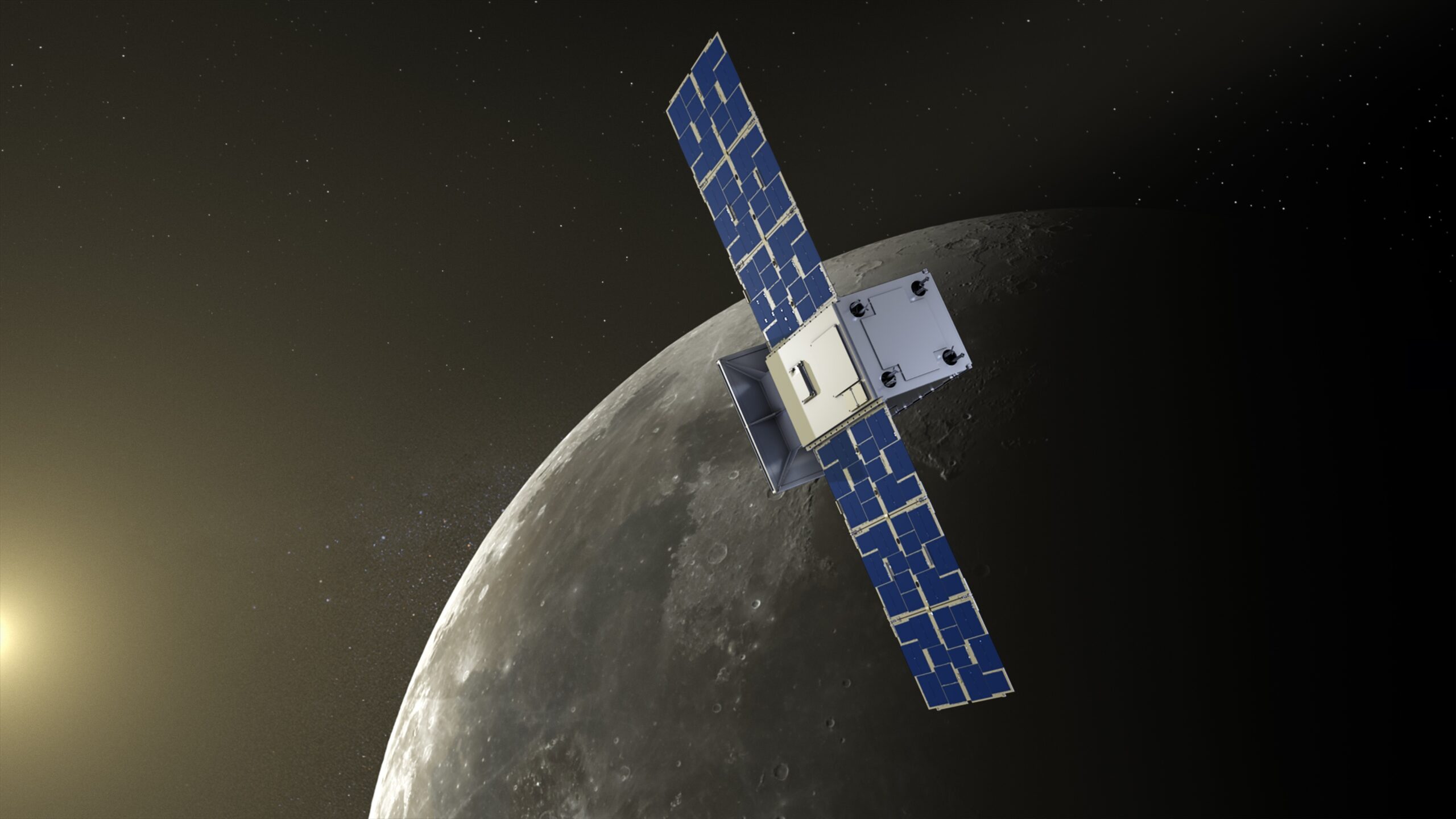The next phase in NASA’s ambition to put men back on the moon’s surface was successfully accomplished on Monday (local time) when a satellite the size of a microwave oven blasted out from its orbit above the Earth and is now traveling toward the moon. The Capstone satellite has already had an extraordinary trip. It was launched six days ago by the startup Rocket Lab in one of their tiny Electron rockets from New Zealand’s Mahia Peninsula.
The satellite will not reach the moon for another four months since it travels at a low energy level. Peter Beck, the creator of Rocket Lab, told The Associated Press that it was difficult to express his joy. It will definitely take some time for this to set in. It has taken us two, two and a half years to complete a job that is simply exceedingly, really tough to carry out, he added.
Therefore, it is simply absolutely amazing to see everything come together tonight and to observe the spaceship traveling to the moon. Beck said that the mission’s comparatively inexpensive cost—US$32.7 million, according to Nasa—marked the start of a new age for space exploration.
There is now a rocket and a spaceship that can carry you to the moon, asteroids, Venus, and Mars for a few tens of millions of dollars, Beck added. It’s a crazy power that has never been used before.
If the remainder of the mission is successful, the Capstone satellite will be the first to enter a novel orbit around the moon known as a near-rectilinear halo orbit. This orbit has the shape of an egg that has been stretched out, with one end of the egg passing close to the moon and the other end passing far away from it. If this part of the mission is successful, the Capstone satellite will transmit back crucial information for months.
As part of the Artemis program, NASA eventually intends to place a space station named Gateway along the orbital route from which people may descend to the moon’s surface. The new orbit, according to Beck, has the benefit of using less fuel while maintaining continual communication between the satellite or space station and Earth.
A second spacecraft dubbed Photon was carried by the Electron rocket when it took off from New Zealand on June 28. It separated after nine minutes. The satellite was carried by Photon for six days, with frequent engine firings raising its orbit higher and farther away from Earth.
Monday’s last engine burn enabled Photon to escape the gravity of Earth and launch the satellite. The 25-kilogram satellite will now be launched on November 13 and will first far exceed the moon before reentering its new lunar orbit. The satellite will consume very little fuel to adjust its trajectory path a few times as it travels.
Beck said that they will determine what to do with Photon over the next several days. Photon had finished its mission and still had some gasoline in the tank. We can really use it for a lot of pretty interesting missions, according to Beck. In order to complete the mission, NASA collaborated with two private companies: Colorado-based Advanced Space and Californian Rocket Lab, owners and operators of the Capstone satellite.
Source: Stuff.co & AP

